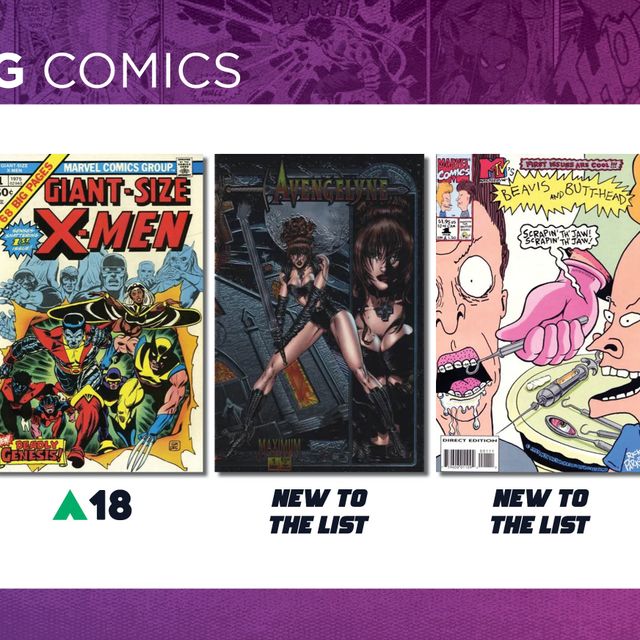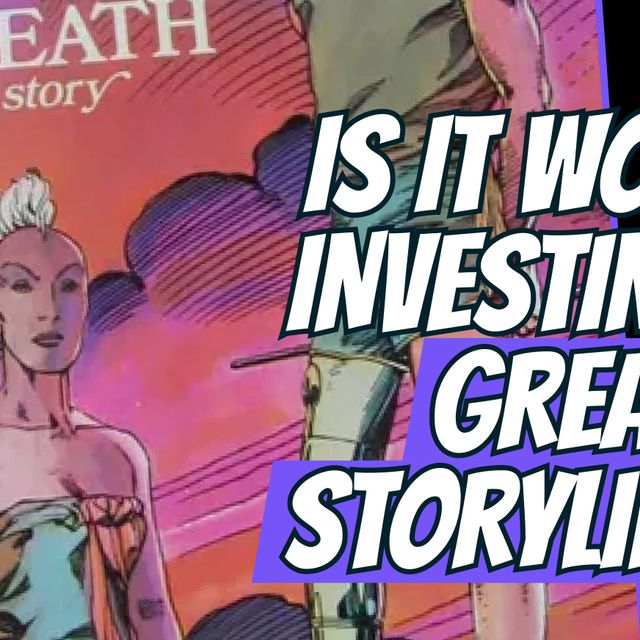After over a year of preparation, the DC clock is chiming, and Alan Moore’s Watchmen are entering the fray.
Just in time for Thanksgiving, “Doomsday Clock” #1 hit the comic shops, and it has lit up the new comics sales market. The tricky part is figuring out which copy you want since DC published four different covers.
The variants are clearly a marketing technique...that works. However, as the 1990s showed us, this approach can flood the market. As a collector, you have to know that the gimmick covers don’t typically hold their value.
Case in point:
SPIDER-MAN #1
Those of you old enough to remember the1990s will recall the sheer volume of variant covers.
In the case against investing too much money into variant covers, I present exhibit A: “Spider-Man” #1.
I was 11 years old in 1990. I loved Spider-Man, and I was a huge Todd McFarlane fan. In other words, I was just like every other kid my age. I was thrilled when “Spider-Man” #1, written and drawn by McFarlane, was released. I used my allowance to buy every variant I could get my little hands on. These days, they’re worth...not much more than I spent on them. Want to make money? You better have it graded at a 9.8, and then you’re looking at less than $100.
Between all six covers (not broken down between the direct and newsstand edition), the only two worth much more than the grading fees are the gold UPC edition and the platinum edition. The thing to remember about those two is that they had a much smaller print run than the rest; the platinum edition, for one, had only 10,000 copies printed with 7,000 given as retailer incentives.
BATMAN #21 & FLASH #21
These two comics were all the rage back in April and May. They’ve since cooled off, but they are still important keys when it comes to introducing the Watchmen.
When these two hit shelves, fans were clamoring for the lenticular variants. In the case of “Batman” #21, there was also the silver foil edition sold exclusively at Chicago’s C2E2 comic convention, which was the more sought-after variant. How are the values holding up for these issues?
Back in May, a graded 9.8 of the lenticular “Batman” #21 sold for $75, and there’s a couple of other copies that sold for about that price as well, with the most recent having sold in September. However, aside from those standouts, most issues at this grade sell for between $30-$40, which isn’t turning much of a profit after your grading fees.
What about the C2E2 silver foil variant? In June, two 9.8s sold for $100 each. However, the price has steadily dropped. By July, it was selling for around $80, and it dropped to $56 in September.
“Batman” #21’s counterpart, “Flash” #21, was equally as hot in the spring. The lenticular variant was once selling for as much as $80 ($79.96 to be exact) on May 25. If you were the buyer, I feel bad for you. Did you know that you can now get a graded 9.8 for less than $20? That’s right - a 9.8 sold for only $18.50 just last month.
FINAL THOUGHTS
You’ve got four variants to choose from when it comes to “Doomsday Clock” #1. So far, the most popular is the Rorschach lenticular variant. If the past repeats itself, you can make some quick money by getting your variants graded and putting them up for sale ASAP. However, as we saw with “Batman” #21 and “Flash” #21, these variants aren’t likely to hold those high values.



